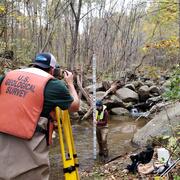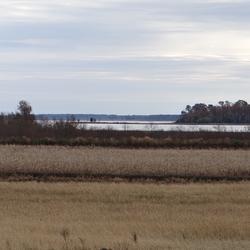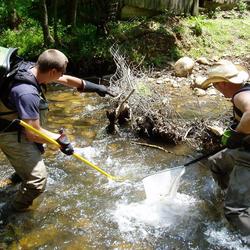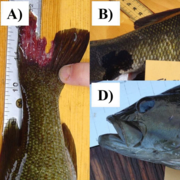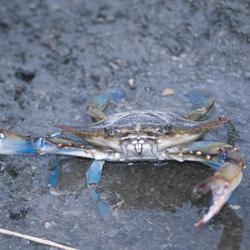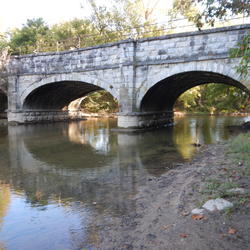Fish, Streams, and Water Quality
Enhanced Understanding of Factors Affecting Stream Condition Can Improve Restoration Outcomes
The Chesapeake Bay watershed supports important recreational and commercial fisheries, but many are declining due to poor water quality, loss of quality habitat and increased invasive species. The USGS science activities are improving the understanding of how restoration and conservation efforts, along with land-use and climate change, are affecting conditions for fish, wildlife, and people.



